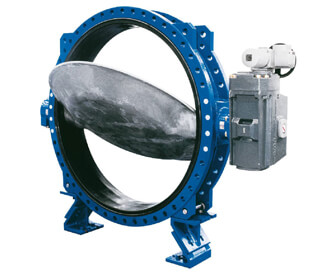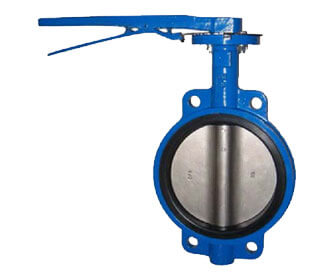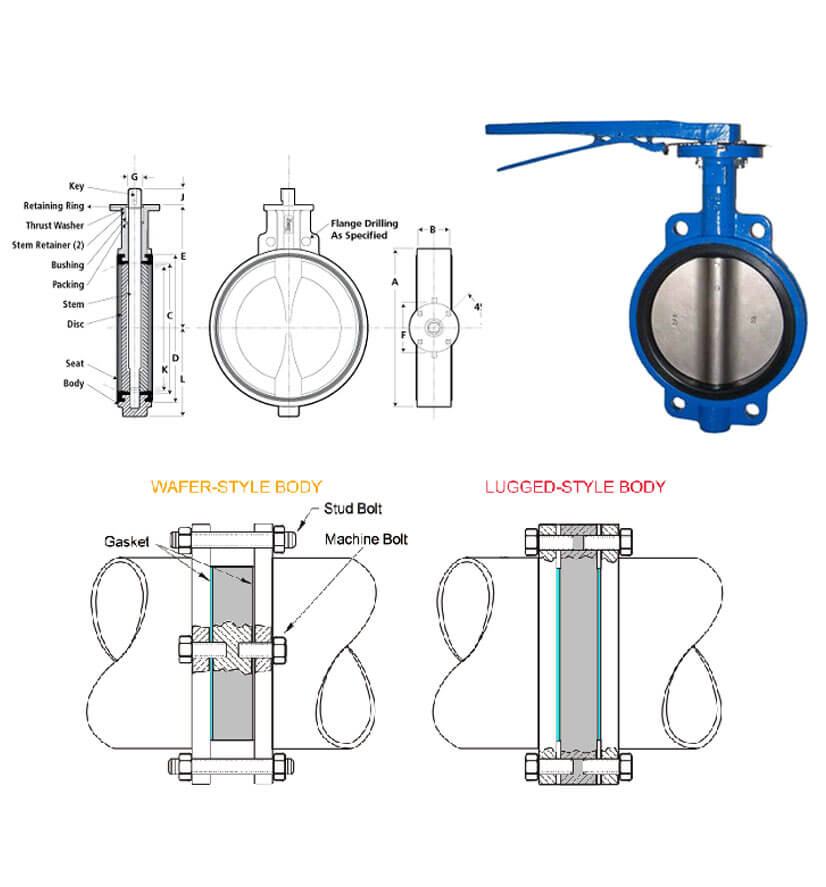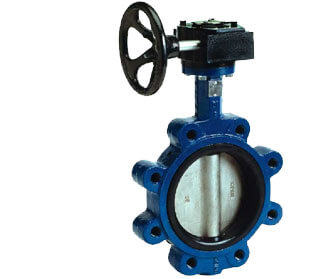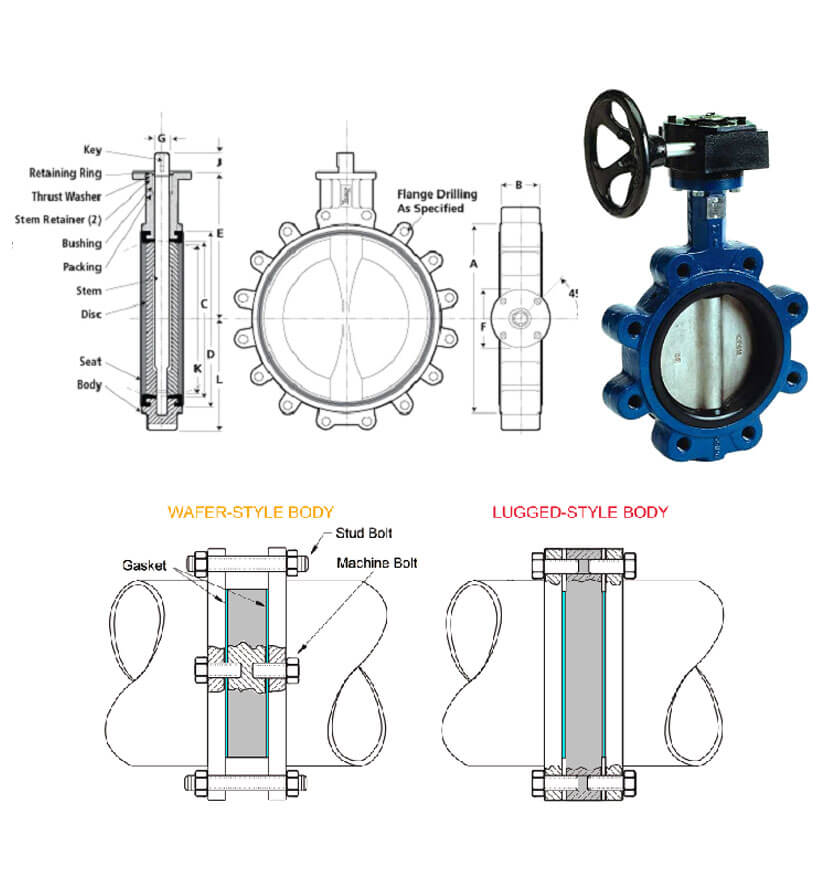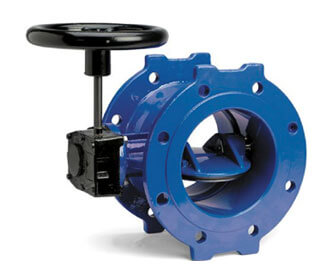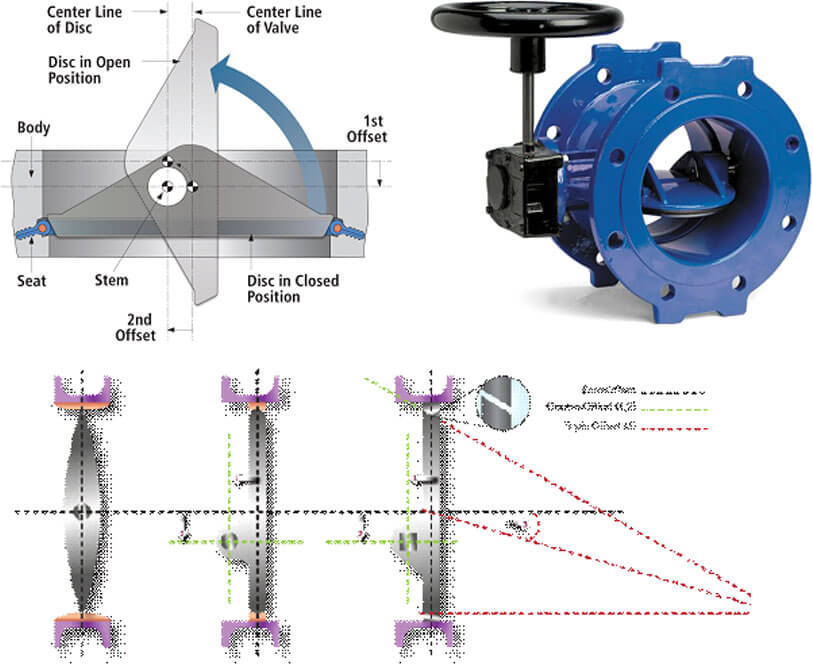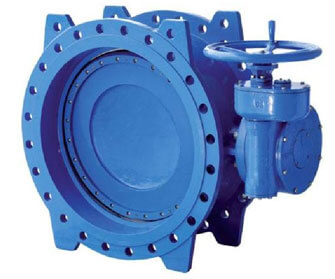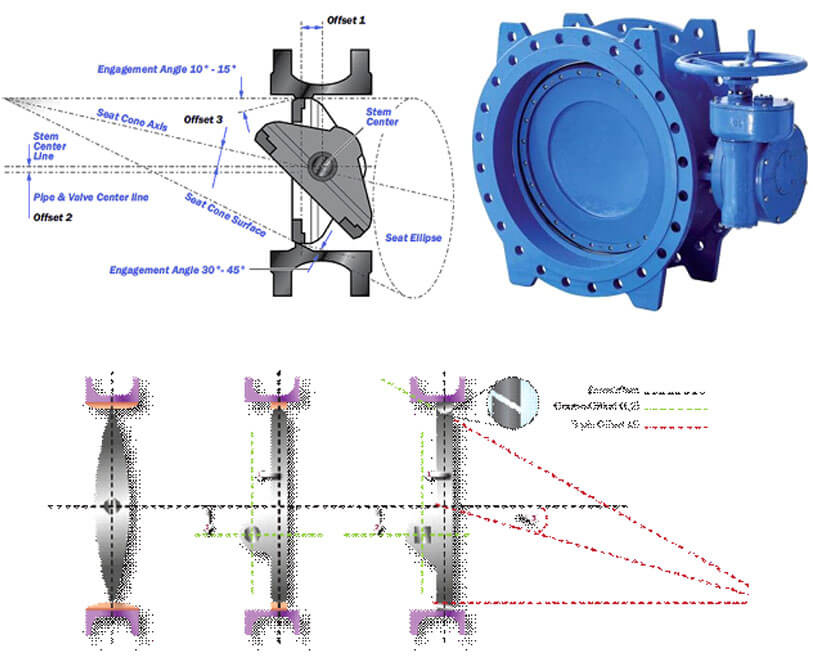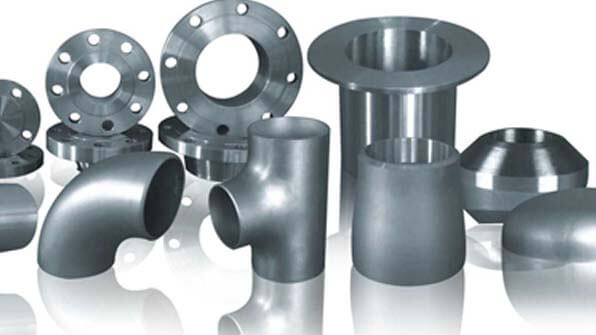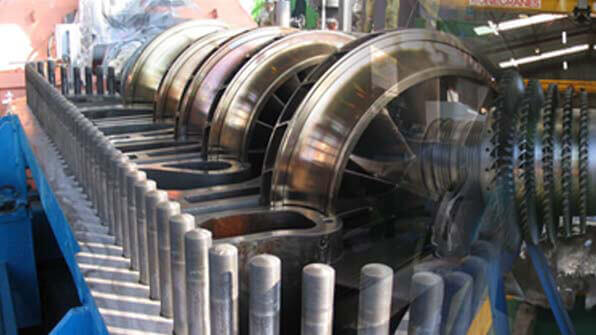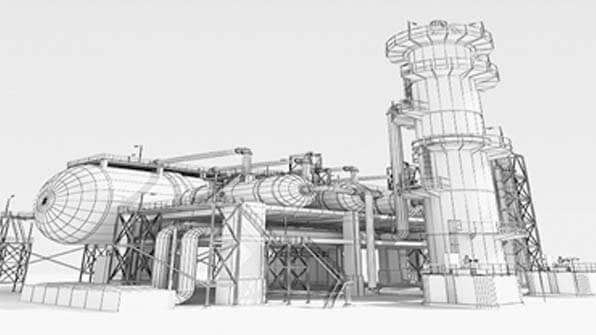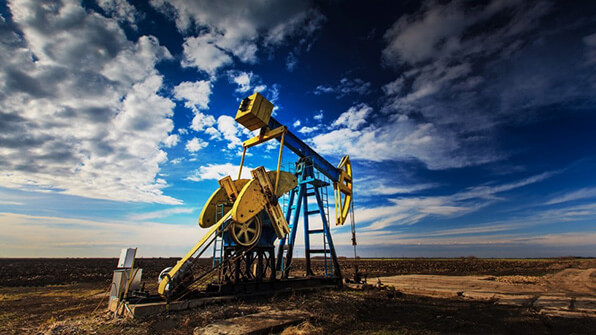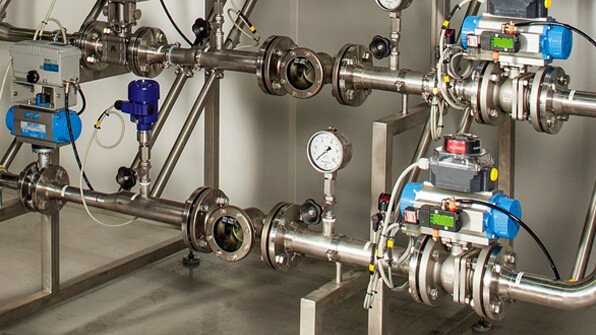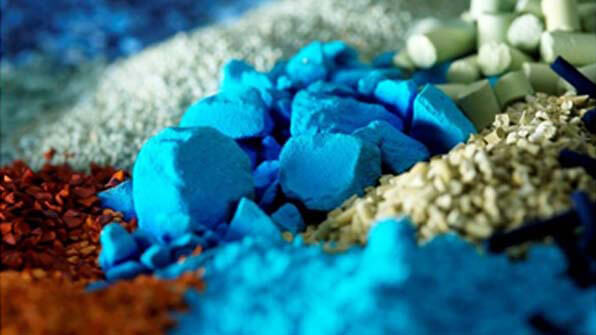Forged carbon Steel valves: ASTM A105/ A105M
Forged carbon Steel valves For low Temprature Service: ASTM A350/ A350M (LF1, LF2, LF3, LF5, LF6, LF9, LF 787)
Forged Alloy Steel and Stainless Steel valves For High Temprature Service: ASTM A182/ A182 M-98ª(F 304, F 304H, F 304L, F 304N, F304 LN, F 309H, F310, F 310H, F 310 MoLN, F 316, F 316H, F 316L, F 316N, F 316LN, F 317, F 317L, F 347, F 347 H, F 348, F 348 H, F 321, F321 H)
Forged Duplex Steel valve : ASTM A182 (F 50, F 51, F 52, F 53M F 54, F 55, F 57, F 59, F 60, F 61, F 904L)

